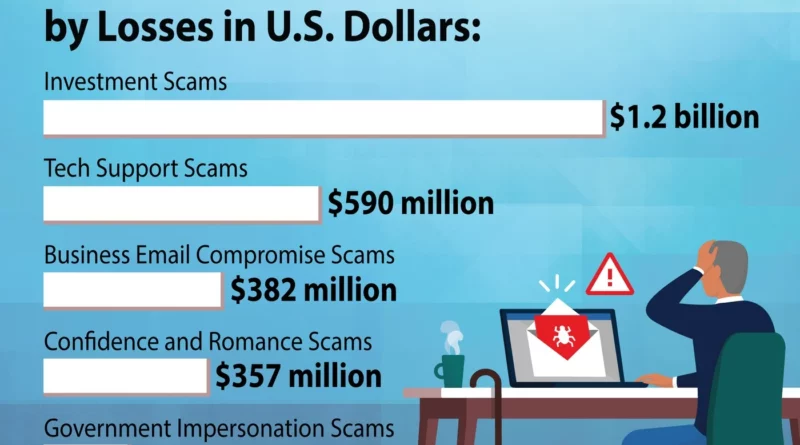EU’s DORA: Who will stand up for protection?
The EU's Digital Operational Resiliency Act (DORA) went live in January. This legislation's goals seem to conflict with the US administration’s willingness to ignore technology security standards. The question is: Who will stand up to protect corporate and consumer data?
DORA is highly targeted at the stability and resilience of the financial services sector. It ensures financial institutions can respond to, withstand, and recover from ICT-related threats and disruptions. It also requires robust strategies and policies to manage ICT risks in financial institutions.
Arnaud Treps, chief information security officer at Odaseva, said, “DORA is very different from previous regulation where you have to change where you operate. DORA is about having proper backups, the capability to restore quickly, and building redundancy.”
Europe takes the lead
But does the US rejecting data privacy regulation mean walling America off from the rest of the world? Meta has threatened to potentially limit










